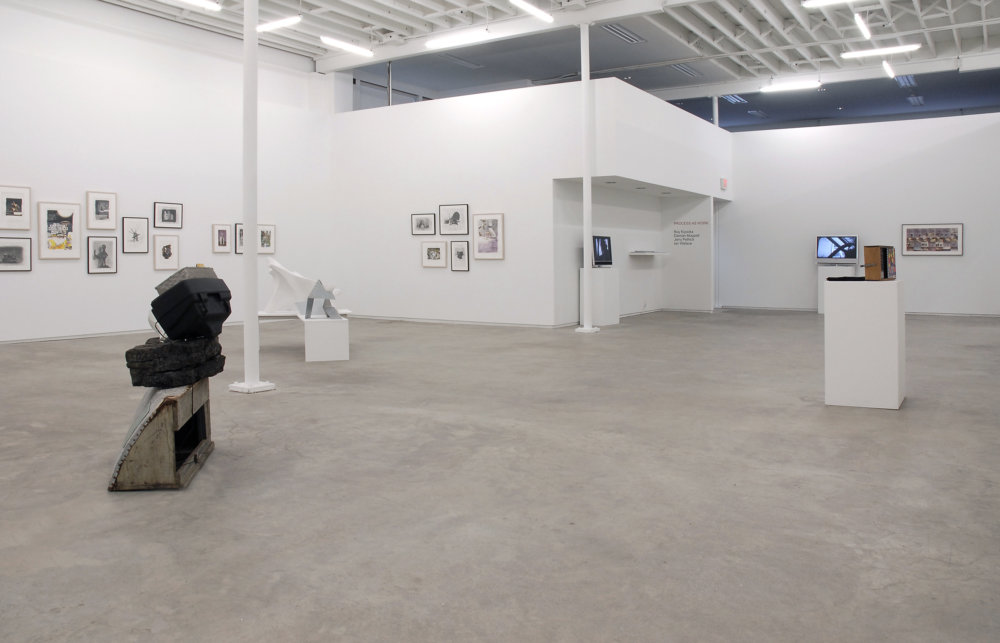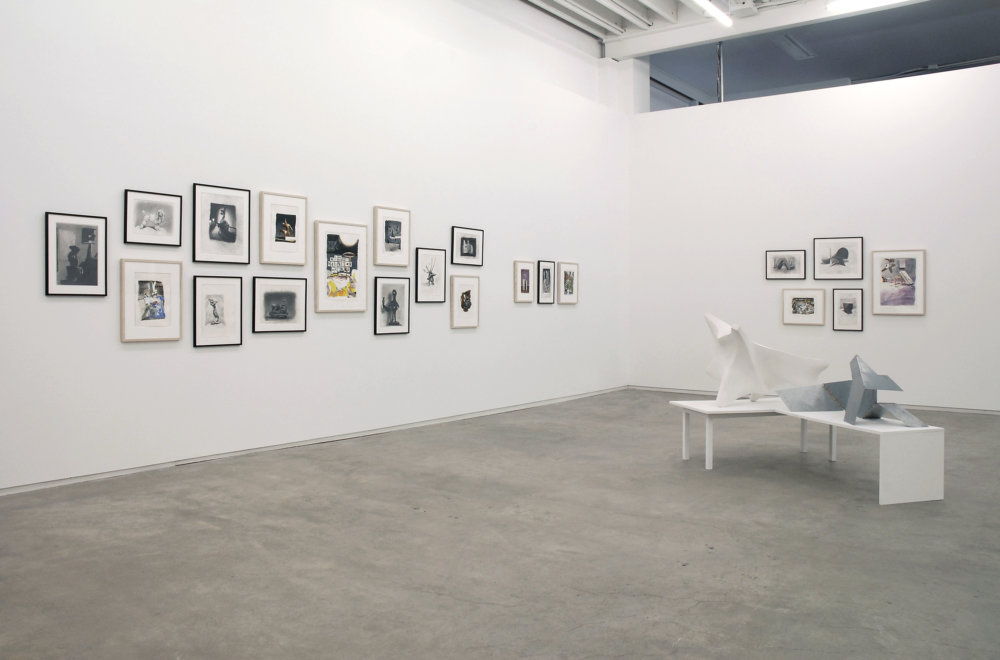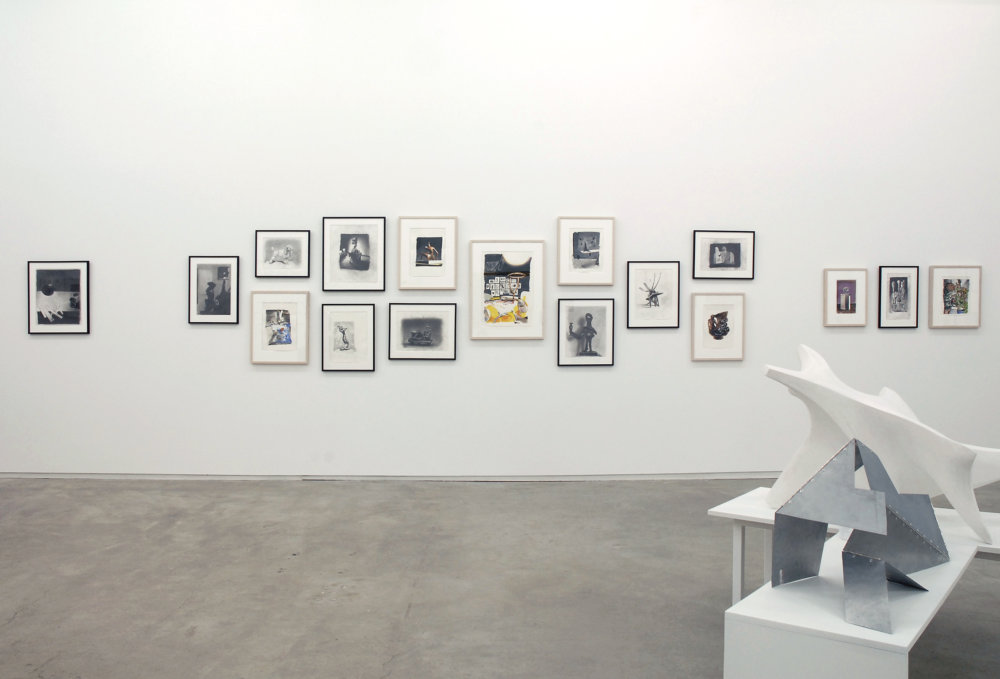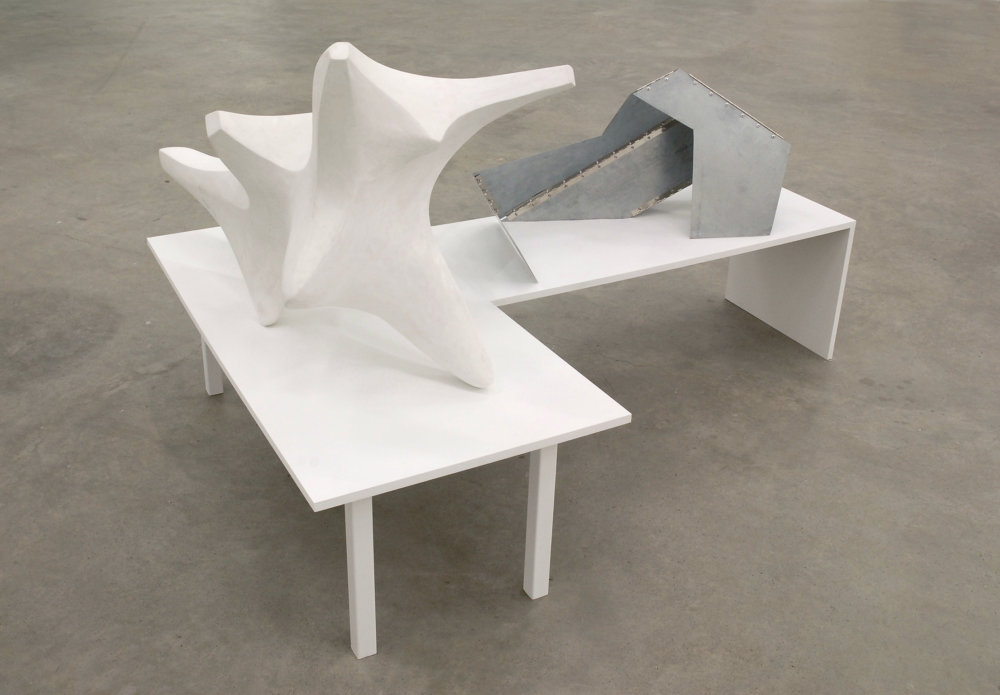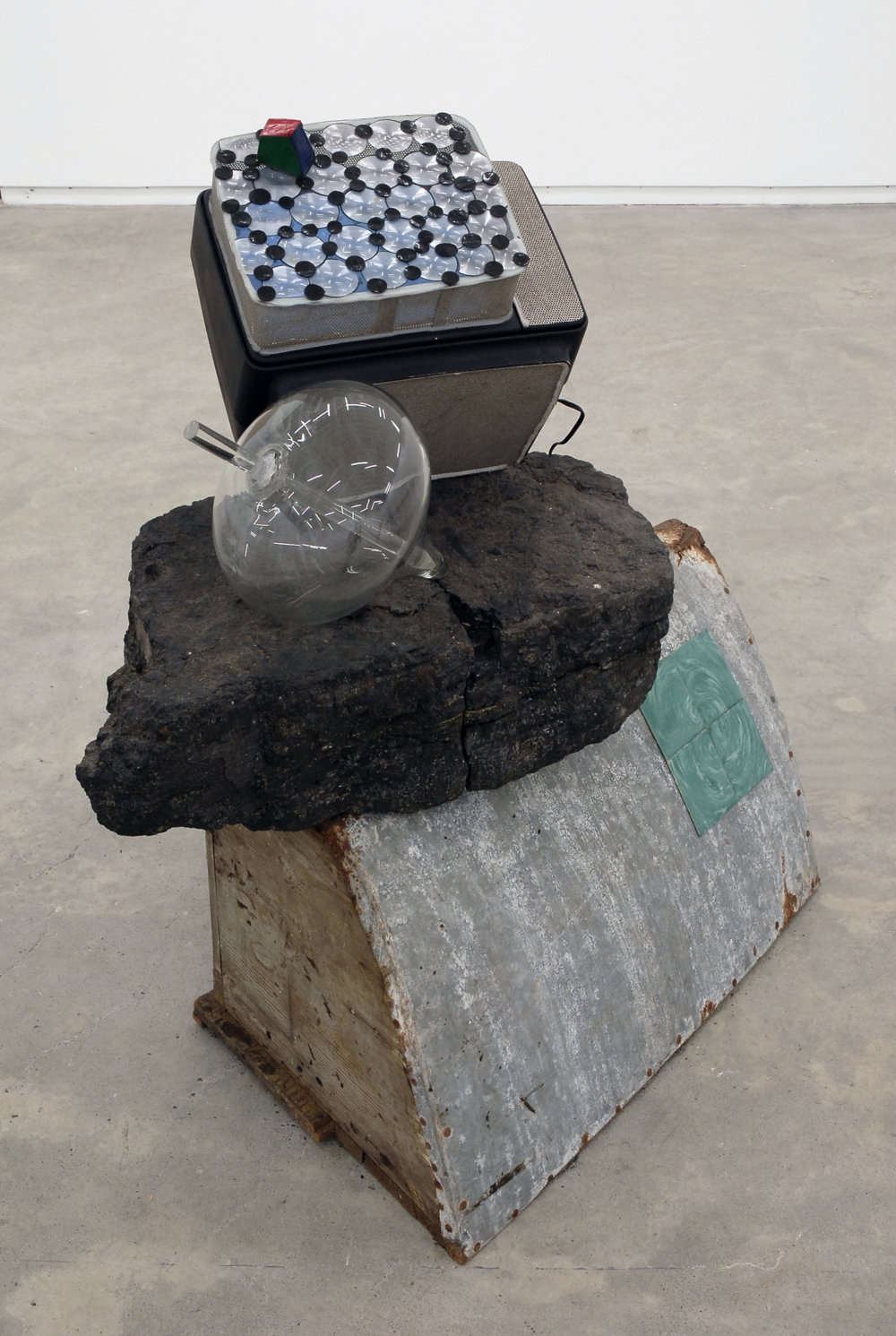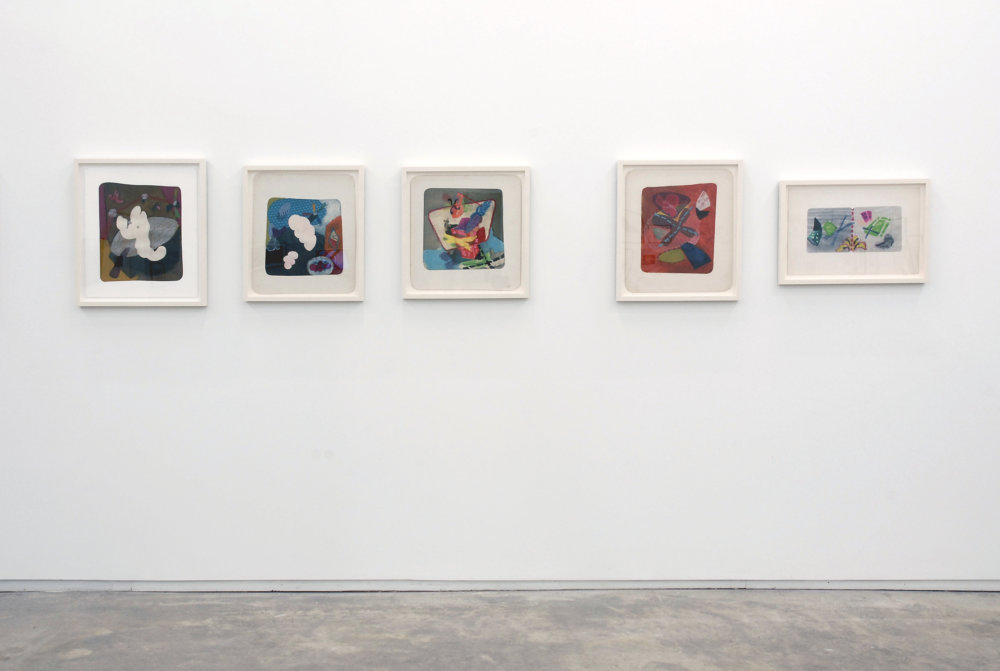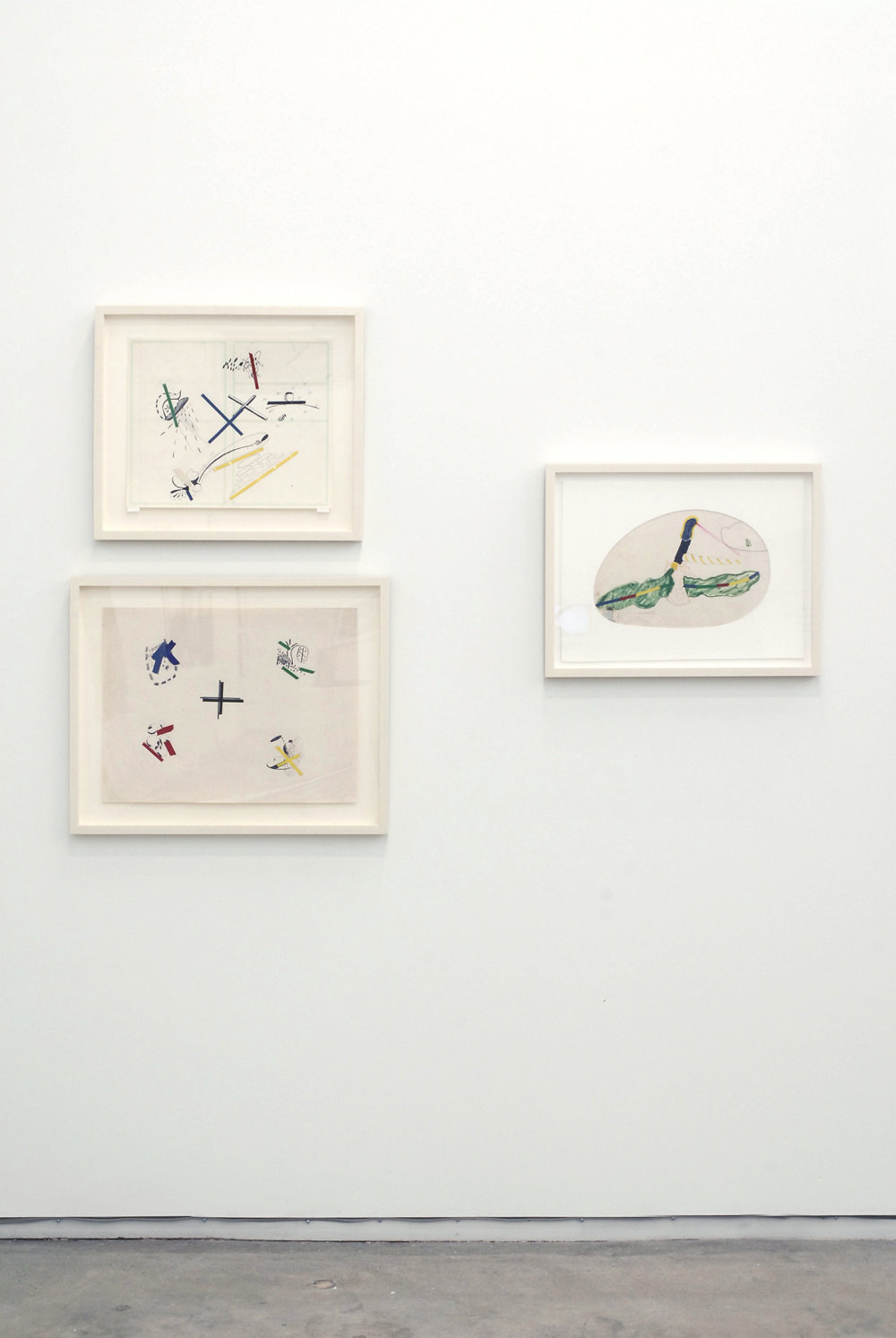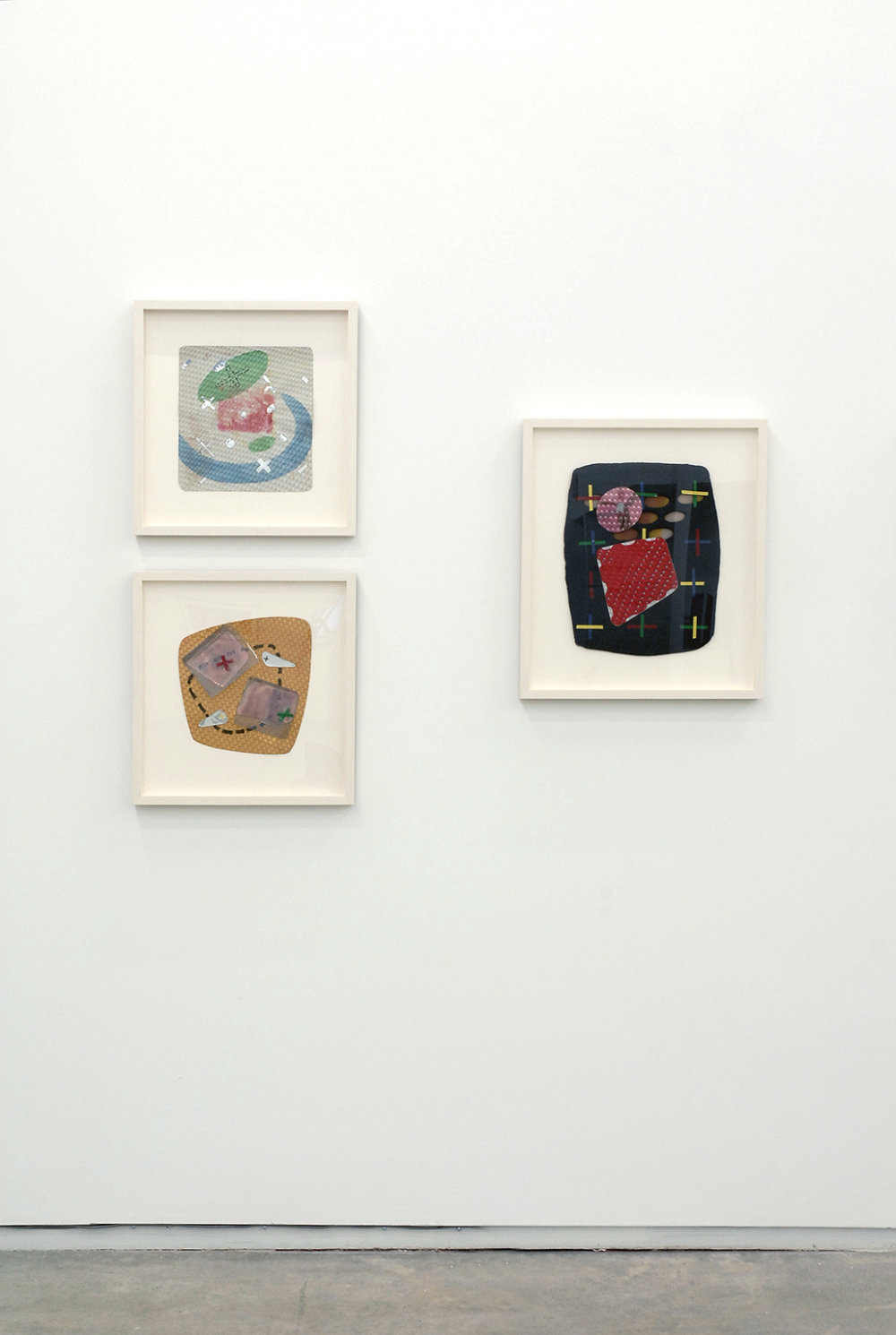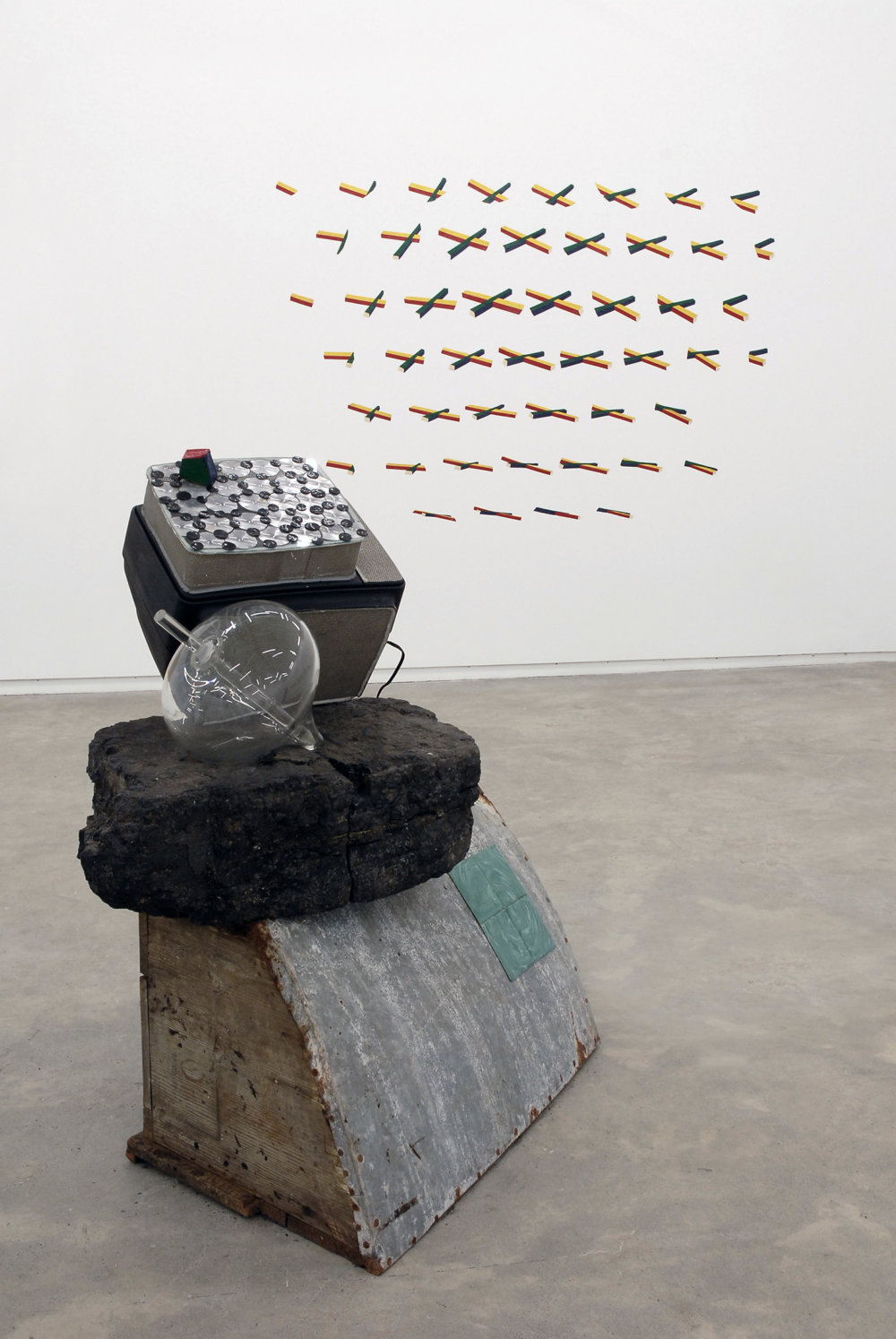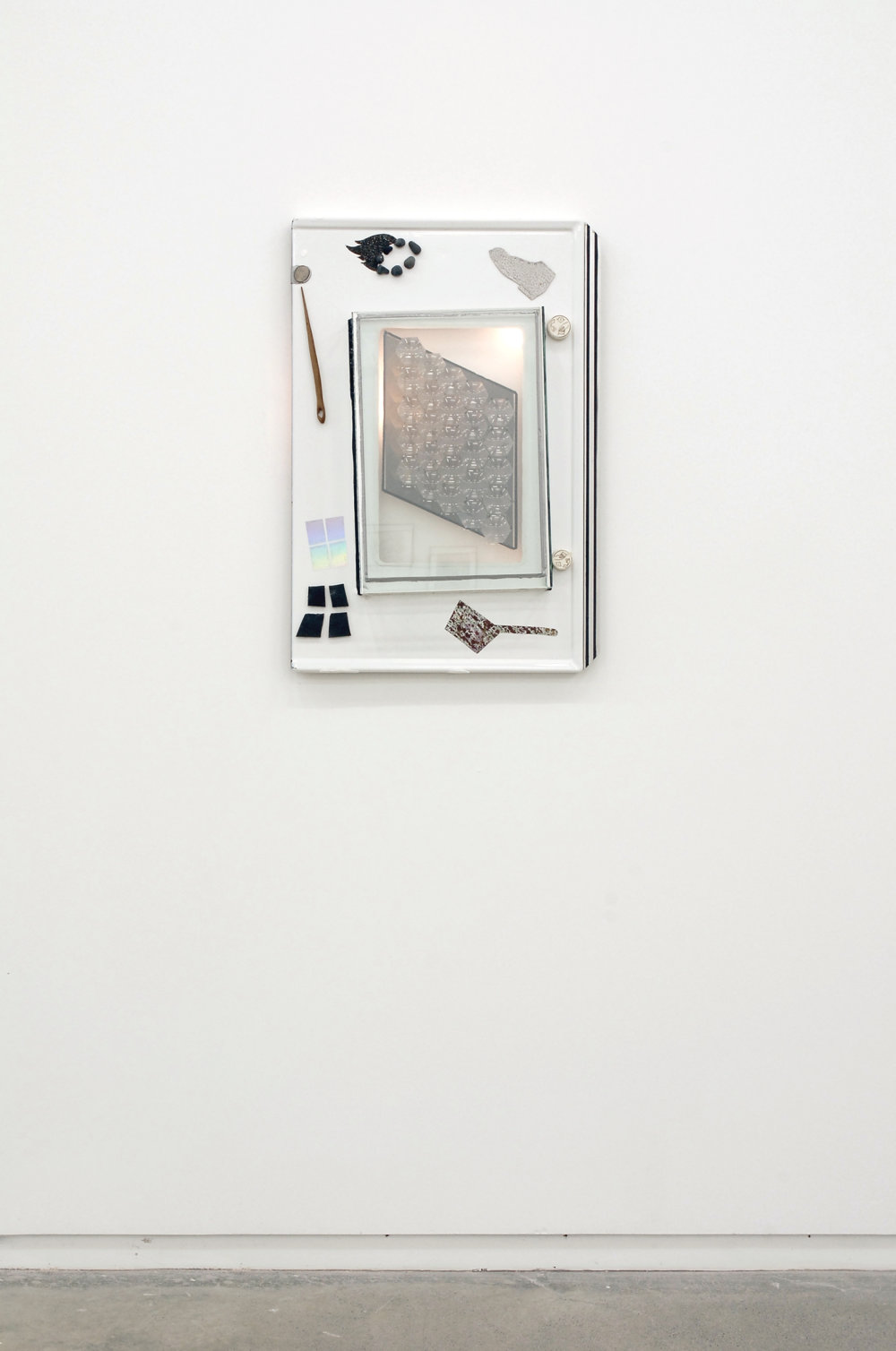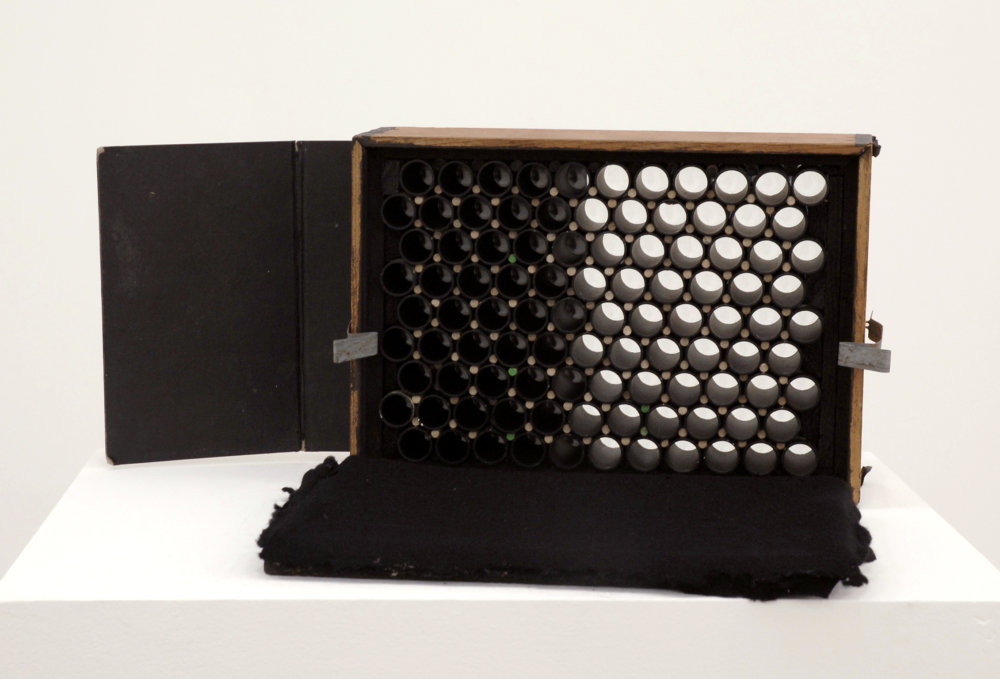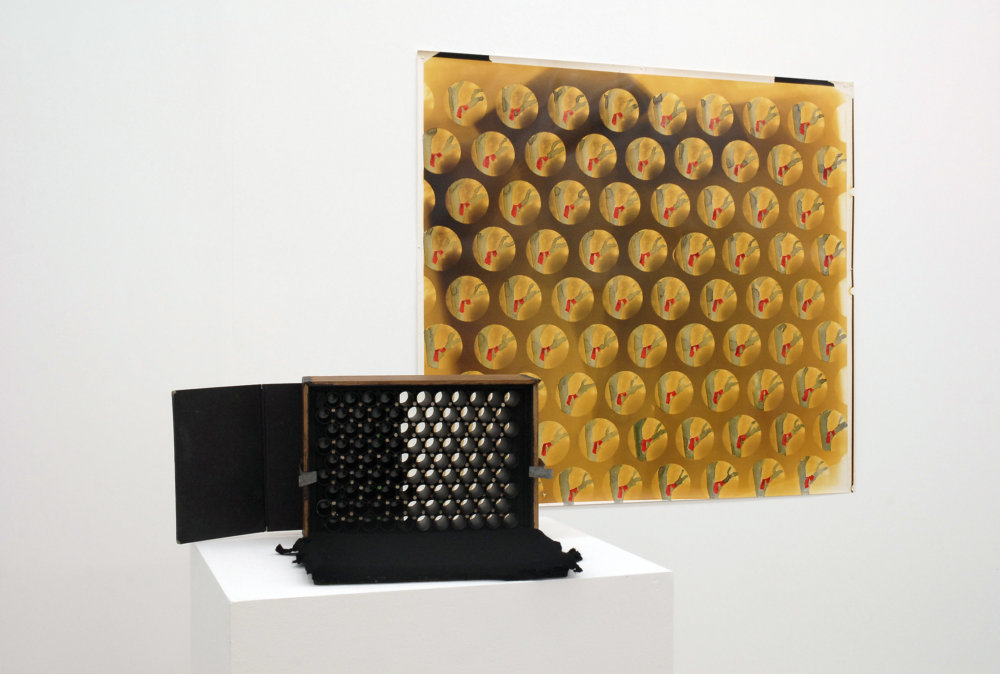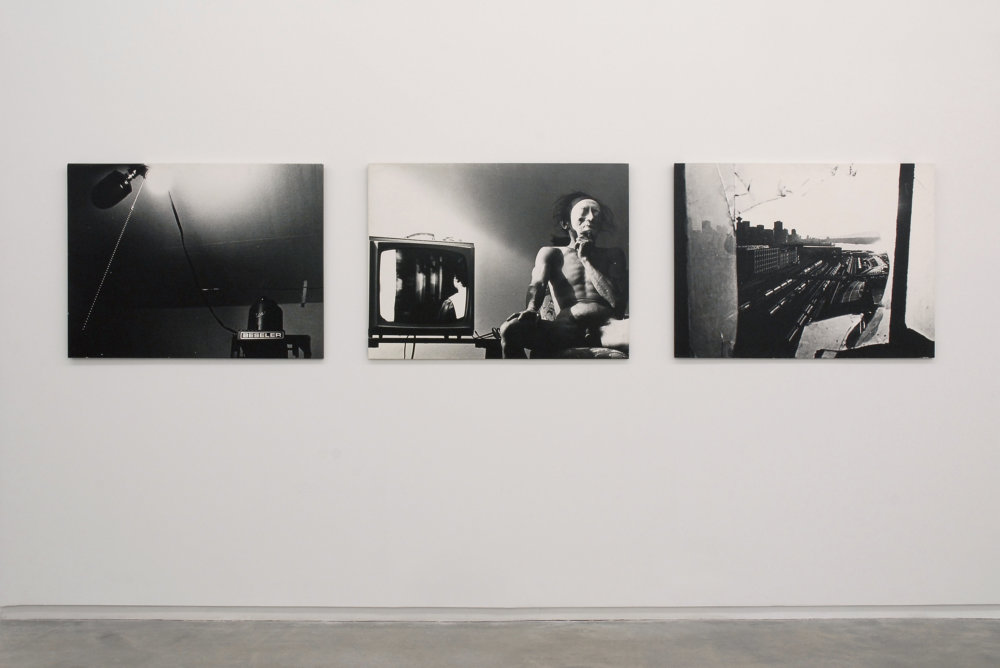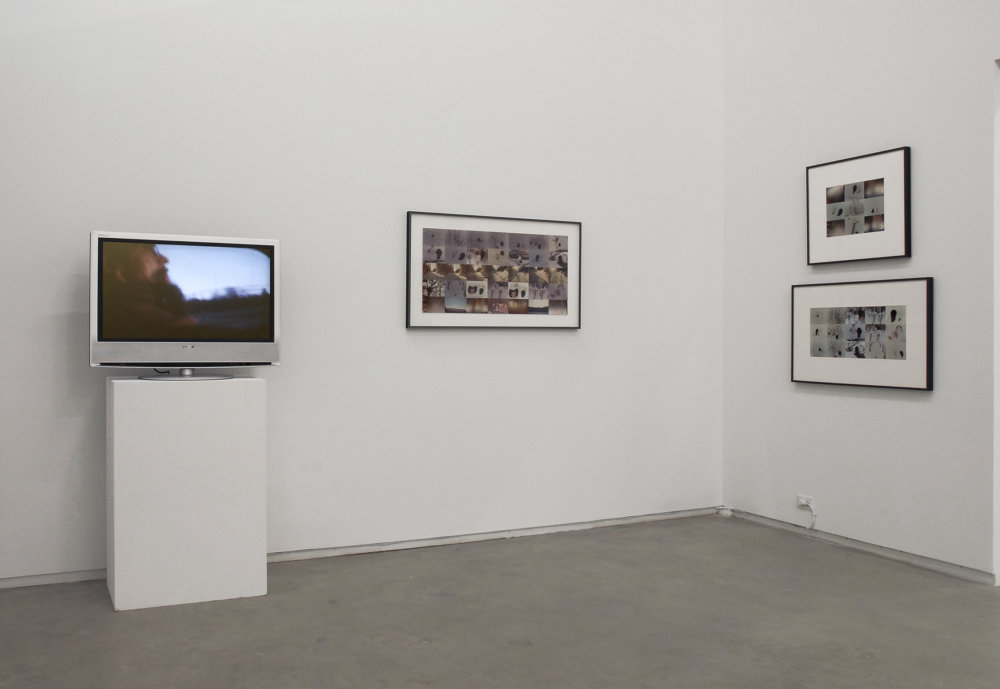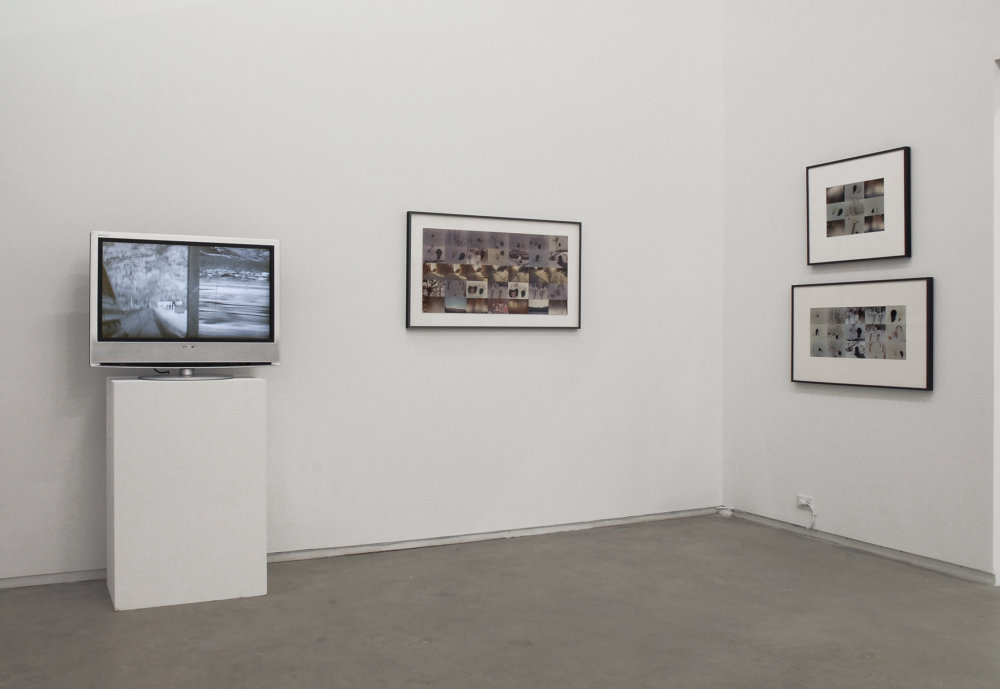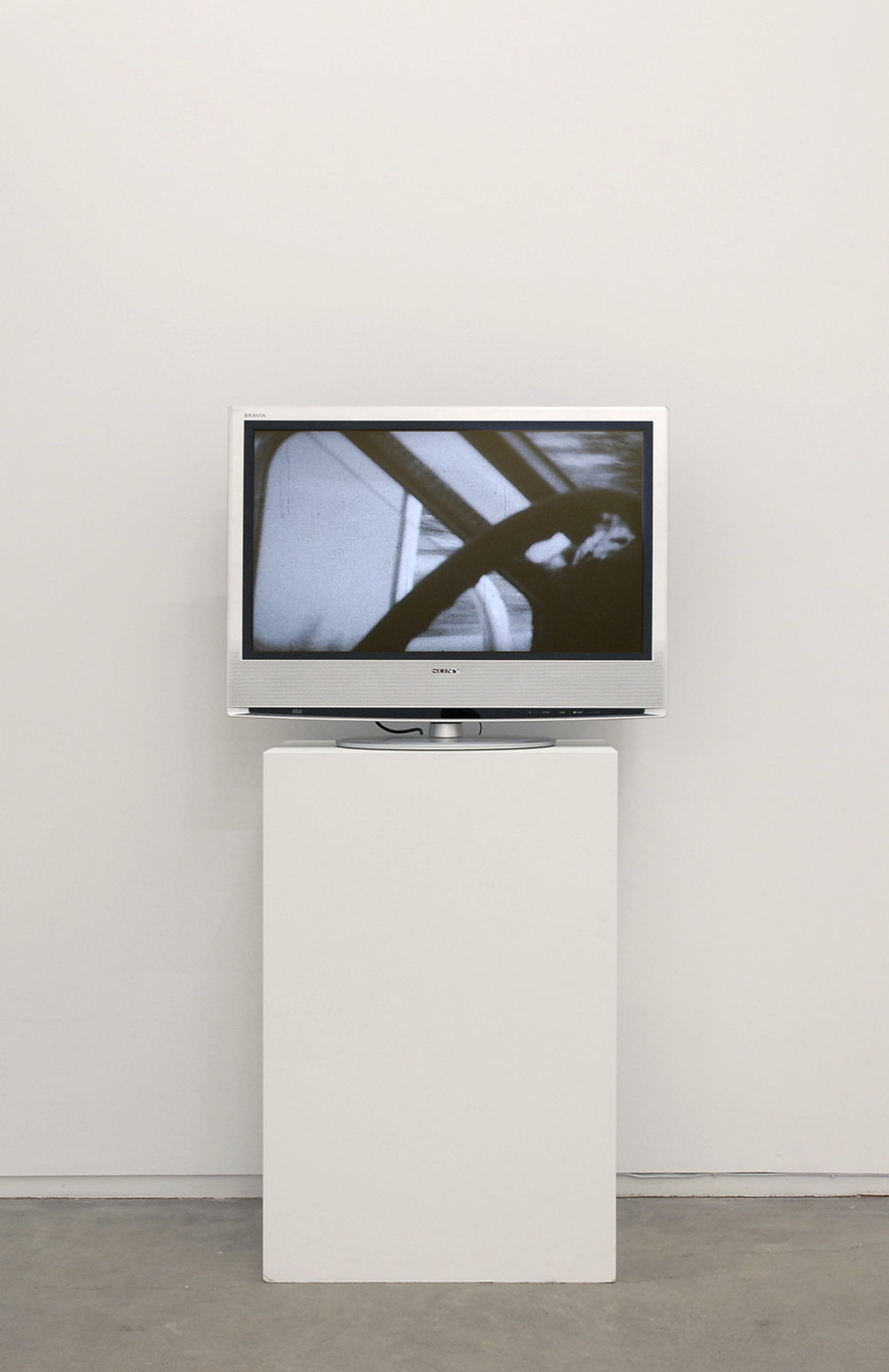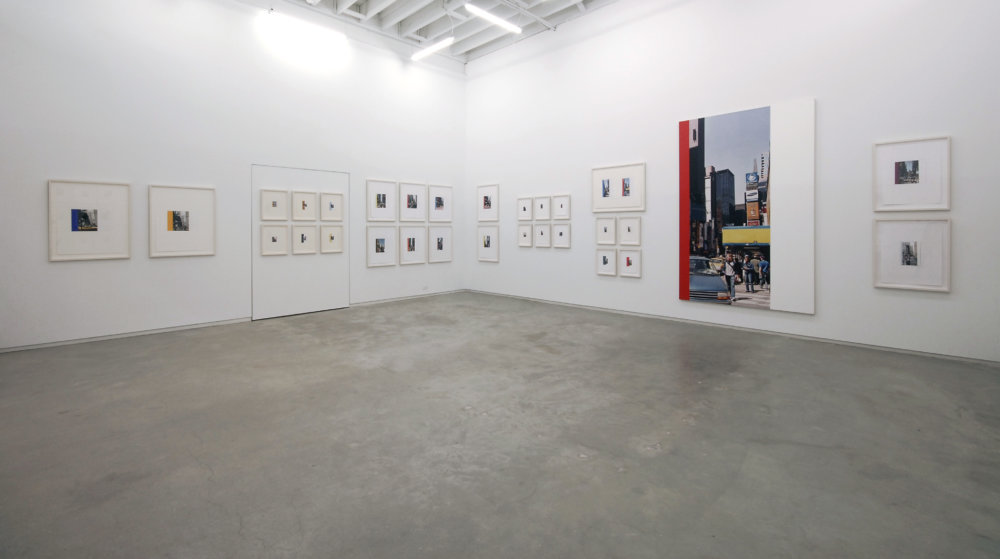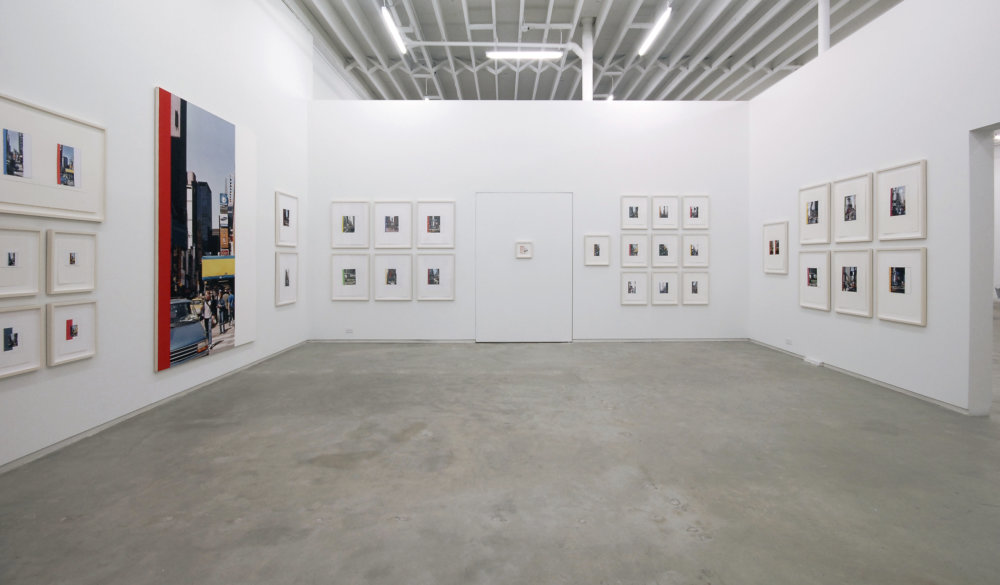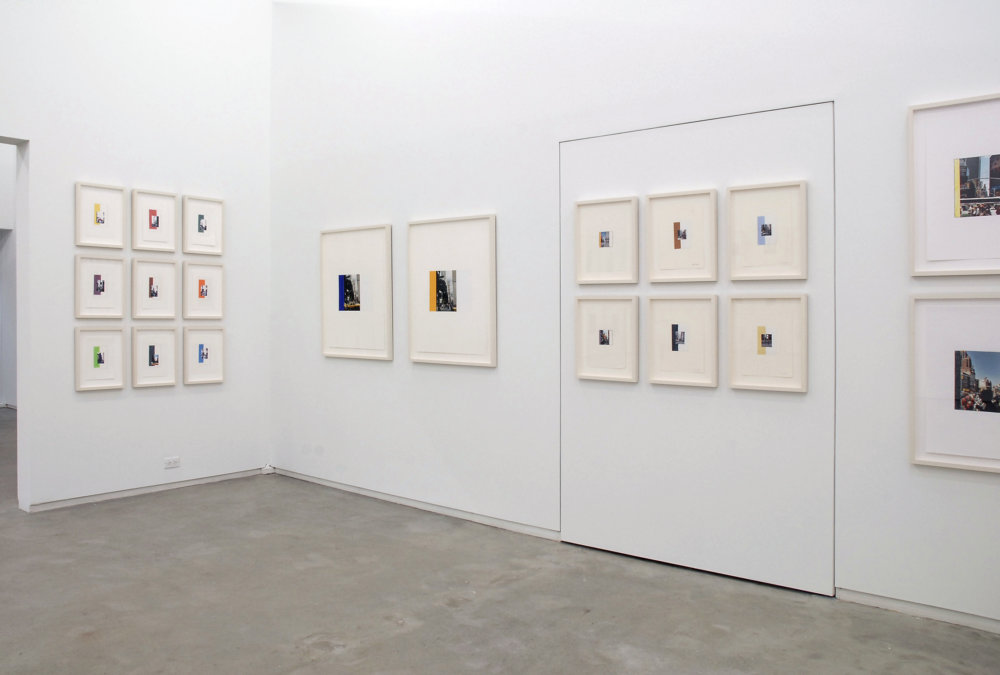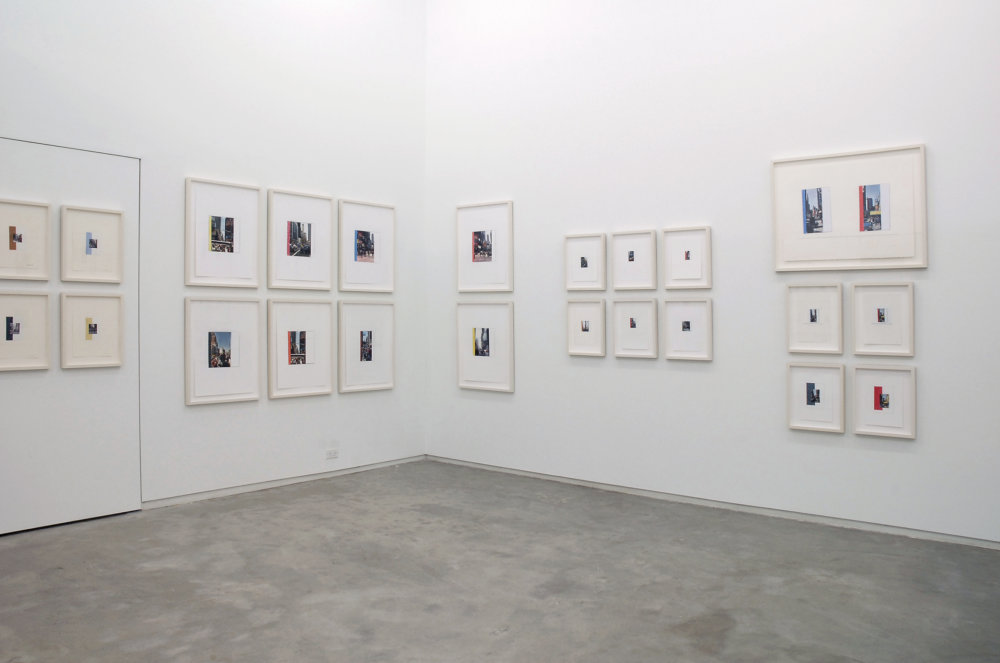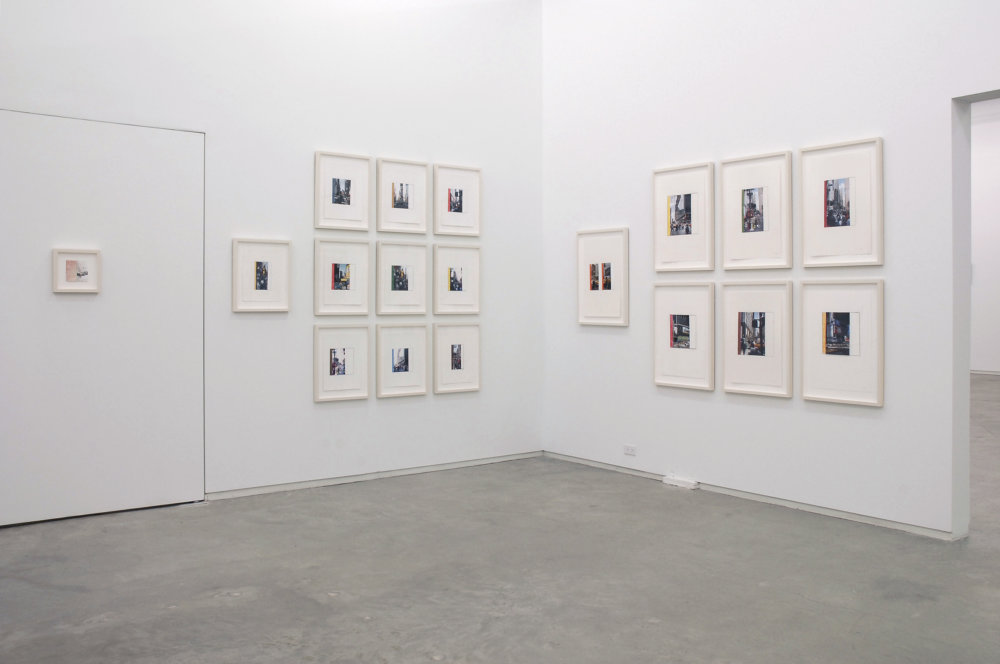Roy Kiyooka, Damian Moppett, Jerry Pethick, Ian Wallace
Process as Work
February 29–March 29, 2008
Process as Work presents a significant body of work by Roy Kiyooka, Damian Moppett, Jerry Pethick and Ian Wallace, calling attention to the unique working processes that mark their practices. The work in this exhibition is representative of the four artists’ commitment to continuous and rigorous production and their constant manipulation of ideas, often through serial works. The materiality of the artist's working process in some cases manifests itself as studies for final works, but congruously exists as completed works which are continually being developed upon through the use of reoccurring motifs and an ever-present referencing between works. The exhibition positions the processes of this inter-generational group of artists in relation to one another and in relation to a broader context of international discourse about approaches to sculpture, painting and photography.
In a complete body of painting/collage works on paper by Ian Wallace from his New York series, created between 1993 and 2001 and never exhibited before, we see Wallace working towards his large format New York photo-monochrome paintings of 2001, from which Jazz Street II will be shown here. Wallace and Pethick have both been intensely interested in the motif of the intersection throughout their practices. Since the 1970s Wallace has explored the social theatre of urban intersections through the juxtaposition of the painted monochrome and photographs which focus on the meeting point of dynamic urban relations: pedestrians, traffic, signage and architecture. In the New York series, Wallace situates the history of the jazz scene in New York on the Broadway Boogie Woogie strip while recalling the minimalism of Mondrian. In what Wallace has termed a practice of “melancholic modernism,” there is a tension between the everyday scenes of the photograph and the absence of referential subject in the monochrome, wherein the white lines of the crosswalk and the painted canvas interplay as real and abstract space.
For Jerry Pethick, the intersection was a meeting point of optical perception. He referenced the intersection in numerous works, pointing to the influence of technology on visual perception through the use of lenses and television tubes as optical devices and recording the occurrence of exes in nature, such as the outgrowth of a tree branch from a tree trunk. Pethick's opposing coloured vinyl tape markings in the wall installation Intersection, 1971, are the beginning of a series of experiments which he continued to develop in his explorations of holographic space and large format array photographs. The intersecting marks appear again in a series of drawings and sculptural collages from 1965 and culminate in the array camera he created in the 1980s. This camera enabled Pethick to take multiple images of one shot and to create a prolific series of photographic arrays which investigated the intersection of points as a means for calling attention to the way we perceive what we are seeing. This exhibition of a significant body of Jerry Pethick's work anticipates an important forthcoming solo exhibition at the Catriona Jeffries Gallery to be presented in 2008.
Roy Kiyooka also continually embarked on experiments which led one work into the next, through performance, film and photography. Kiyooka's work is situated in the everyday. Documenting a road trip he took with students to the interior of British Columbia in 1977 and his stay in a hotel room in Mission, BC in 1978, he intertwines poetry and symbolism within these localized moments from daily life, producing scenes which question notions of identity and place. Kiyooka’s subjective snapshots of family and friends configured in grid formats attenuate distinctions between amateur and professional, art and non-art; they are inscribed with a tension between the universality of modernism and the radicalism of the avant-garde. In a series of photographs in which the mask is the main character, there is a relationship to earth art practices through the marking and staging of performances in the snow. At the same time, Kiyooka’s use of multiple still images imparts a cinematic quality which links to his original performative actions and film works.
In Damian Moppett’s ongoing series of drawings and watercolours he works through sculptural forms using one dimensional strategies, drawing attention to the constant interplay between the two. Moppett probes notions of corrupted ideas and imprecision, emphasizing process, not the end product. In his configurations, he plays with our expectation of resolve through the production of studies that are also complete works in themselves, continually disrupting distinctions between high and low art. Recalling Wallace’s photographs taken in his studio, Moppett offers up the messes of his working environment in his drawings, recording the process of working towards his modernist assemblage sculptures, one of which will be presented in the exhibition.
Documentation by SITE Photography.

